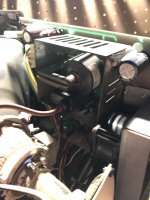chu-oh
Well-known member
Finally got my hands on a (some what) affordable SE/30, perfect recapping project for the Christmas break.
The Ebay listing said it's been upgraded to have an ethernet card, 20mb of ram and a 252MB hdd.
Got some pretty bad screen flicker, the floppy won't read or eject, no chime and it looks like the HDD is dead... I got it to boot once, but not since. I did get a bomb on boot once saying there wasn't enough memory but mostly I'm just getting a flashing question mark.
Anyhow I thought I'd document my journey getting it up to scratch.
First things first, the externals:
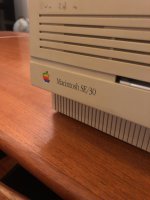
The company that did the ram upgrade... looks like they still exist: http://xyber.com.au/
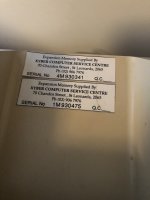
The back with the ethernet card:
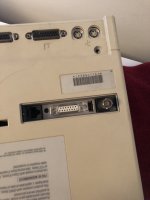
The horizontal flicker with burn in:
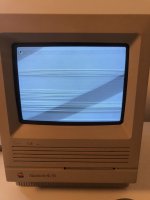
Weird thing, it booted to my SCSI2SD fine, but when I shut it down and came back to it about 5 minutes later the same screen was there (wasn't at all responsive):
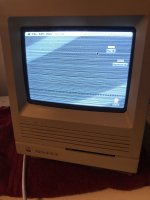
The ethernet adapter:
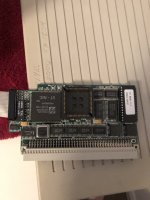
The logic board, with no sign of leaks which is a good sign.
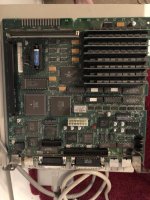
Does anyone have any suggestions on what I should do first?
The Ebay listing said it's been upgraded to have an ethernet card, 20mb of ram and a 252MB hdd.
Got some pretty bad screen flicker, the floppy won't read or eject, no chime and it looks like the HDD is dead... I got it to boot once, but not since. I did get a bomb on boot once saying there wasn't enough memory but mostly I'm just getting a flashing question mark.
Anyhow I thought I'd document my journey getting it up to scratch.
First things first, the externals:

The company that did the ram upgrade... looks like they still exist: http://xyber.com.au/

The back with the ethernet card:

The horizontal flicker with burn in:

Weird thing, it booted to my SCSI2SD fine, but when I shut it down and came back to it about 5 minutes later the same screen was there (wasn't at all responsive):

The ethernet adapter:

The logic board, with no sign of leaks which is a good sign.

Does anyone have any suggestions on what I should do first?


